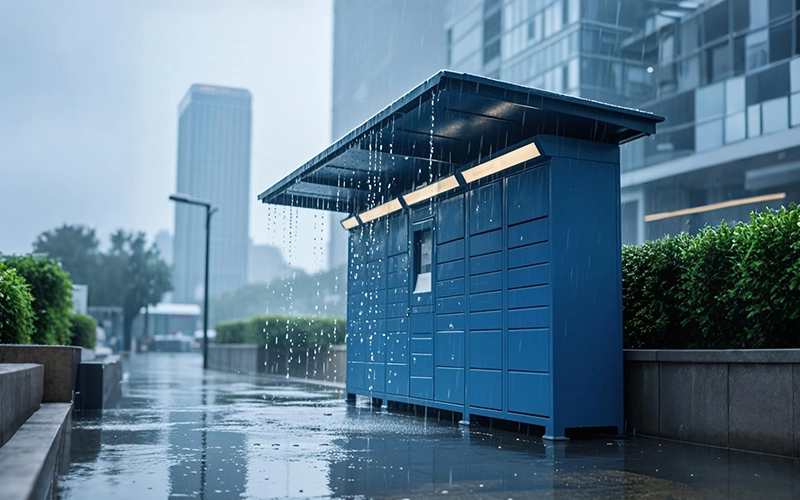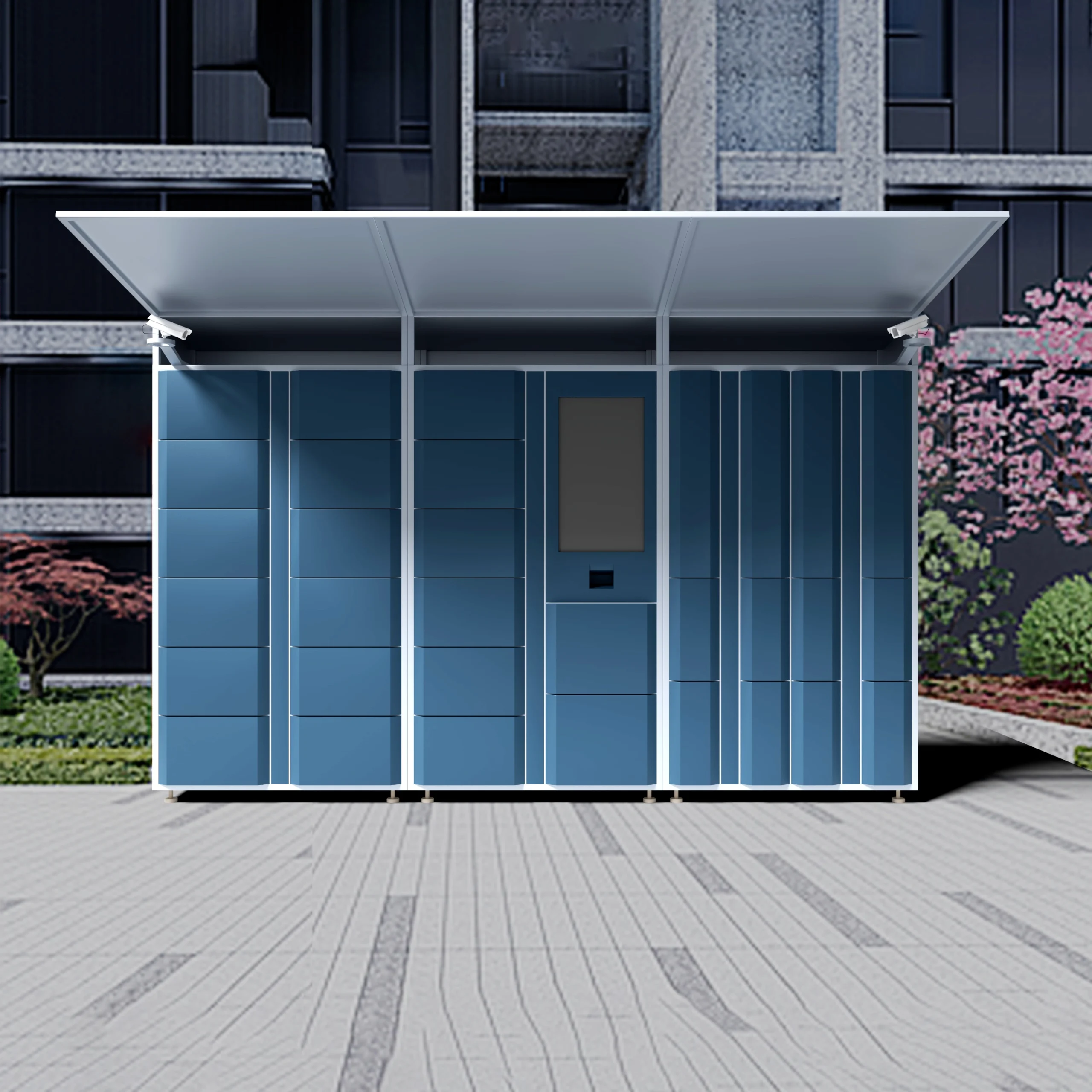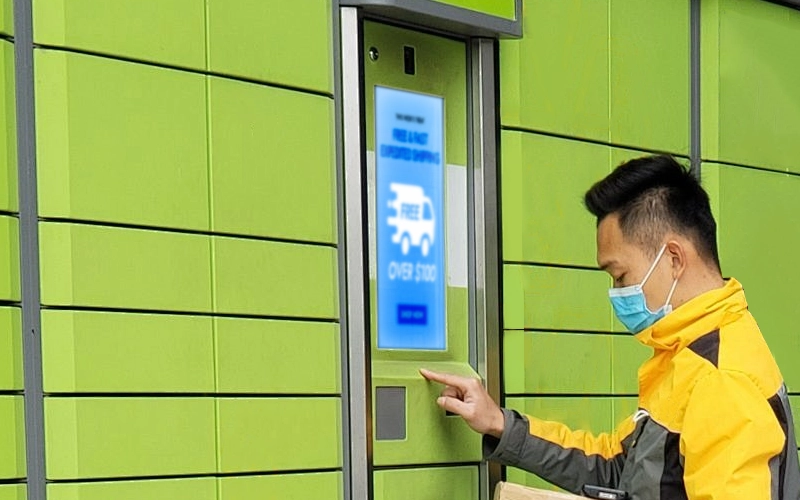In the realm of food service and storage, the efficiency and effectiveness of temperature control are paramount. Insulated cabinets, also known as heated or refrigerated cabinets, play a crucial role in preserving food quality and safety, especially in commercial kitchens and catering environments. This blog post delves into the intricate structure of insulated cabinets, examining their components, materials, design features, and operational benefits.
Understanding Insulation
At its core, an insulated cabinet’s primary purpose is to maintain the desired temperature, be it hot or cold. The effectiveness of this temperature maintenance hinges on the quality of insulation within the cabinet’s structure. Typically, insulation consists of several layers designed to prevent heat transfer. Common insulating materials include:
- Polyurethane Foam: Known for its excellent thermal resistance, polyurethane foam is often employed in the walls of insulated cabinets. Its low thermal conductivity helps maintain temperatures, reducing energy consumption.
- Polystyrene: Another effective insulating material, polystyrene offers rigidity and lightweight characteristics. It is commonly used in various refrigeration applications.
- Fiberglass: While not as frequently used as foam, fiberglass insulation provides an alternative for certain designs due to its thermal properties and resistance to moisture.
Key Structural Components
Understanding the individual components of insulated cabinets is essential to grasping their operational efficiency. Below are the main structural elements:
1. Cabinet Body
The exterior of the cabinet is typically made from durable materials such as stainless steel or high-grade aluminum. Stainless steel is favored for its corrosion resistance, longevity, and ease of cleaning. The body encapsulates the insulating material to form a sealed environment conducive to temperature maintenance.
2. Insulated Walls
The insulated walls are the primary feature that distinguishes these cabinets from conventional storage units. The insulation material is sandwiched between the exterior and interior layers of the cabinet. This design minimizes thermal bridging—areas where heat can pass through more easily—ensuring that temperature discrepancies between the internal and external environment are kept to a minimum.
3. Doors
The doors of insulated cabinets are critical to maintaining temperature integrity. They can be either solid or glass-fronted, depending on the intended use and aesthetic preference. High-quality insulated doors often feature magnetic seals to ensure a tight closure, reducing the chance of cold or hot air escaping. Additionally, some units are equipped with auto-closing mechanisms that enhance energy efficiency.
4. Control System
Modern insulated cabinets come equipped with advanced control systems that monitor and regulate internal temperatures. These may include digital displays and programmable settings for greater precision. Some units also feature alarms to alert users to temperature fluctuations, which is vital for food safety adherence.
5. Refrigeration or Heating Mechanisms
The performance of insulated cabinets relies significantly on their refrigeration or heating systems. For refrigerated units, evaporators, condensers, and compressors are crucial components that facilitate the cooling cycle. On the other hand, heated cabinets employ heating elements and thermostats to generate and maintain warmth. The integration of these components with the cabinet structure is engineered to minimize energy loss and optimize performance.
Design Considerations
When it comes to the design of insulated cabinets, various factors come into play to enhance usability and efficiency:
- Space Optimization: Insulated cabinets are available in various sizes and configurations, making them suitable for different environments, from compact kitchens to large-scale commercial settings. Designs can include shelving and rack systems for organized storage.
- Mobility Features: Some insulated cabinets include casters, allowing for easier movement within kitchens or dining areas. Mobility is especially beneficial during events or when reconfiguring a space.
- Aesthetic Appeal: While functionality is key, the design aesthetic should not be overlooked. Modern insulated cabinets come in a range of finishes and styles that can complement the culinary environment.
Operational Benefits of Insulated Cabinets
The structured design of insulated cabinets brings a multitude of operational benefits:
- Energy Efficiency: The effective insulation minimizes energy consumption, reducing operational costs over time. Units designed with energy-saving technologies contribute to a sustainable kitchen environment.
- Food Safety Compliance: In commercial settings, compliance with food safety regulations is non-negotiable. Insulated cabinets help maintain food at safe temperatures, reducing the risk of microbial growth and spoilage.
- Versatility: Suitable for holding prepared foods, maintaining sauces, or storing delicate items that require stringent temperature control, insulated cabinets are versatile tools in any food service operation.
- Enhanced Workflow: By ensuring that food is easily accessible and at the correct temperature, insulated cabinets streamline kitchen operation and service flow.
Conclusion
The structure of insulated cabinets is a testament to thoughtful engineering and design, aimed at enhancing the functionality of food storage and preservation. Their composite materials, well-considered structural features, and advanced operational technologies combine to create a reliable solution for maintaining food safety and quality. Understanding the intricacies of insulated cabinets not only aids in selecting the right unit for your needs but also highlights the importance of maintaining effective temperature control in the culinary industry. As the demands of food service continue to evolve, insulated cabinets stand as integral components in the pursuit of efficiency, safety, and excellence in food storage.



